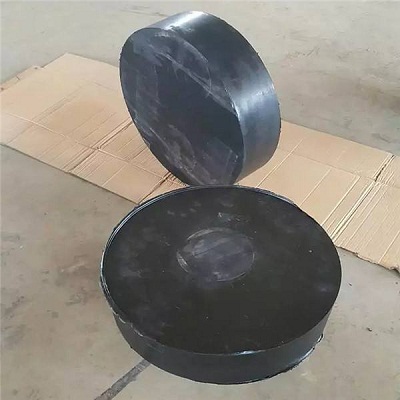Have you ever seen a soft, flexible mold used to make chocolate, soap, or toy parts? These are called silicone molds, and they’re made in special factories using cool machines and careful steps. But how do factories actually make them?
In this article, we’ll take you behind the scenes to explore how to make silicone mold in the factory. You’ll see how a simple idea turns into a real mold that’s ready to shape all kinds of things!
The process starts with a design – just like drawing your own pattern. Then, the factory creates a master model and pours liquid silicone over it. After some heating, cooling, and peeling, the silicone mold is ready!
It’s like magic with machines – and by the end, you’ll understand how everyday objects are made with the help of silicone molds. Ready to dive in? Let’s explore this awesome journey together!
How to Make Silicone Mold In the Factory-Step by Step Process
1. Designing the Mold: Drawing the Blueprint
Everything begins with a smart design. Engineers in the factory use computers to draw a 3D model of the mold. They use software like SolidWorks or AutoCAD, which helps them see exactly what the mold will look like from all sides.
But it’s not just about drawing! They also have to plan where the mold will open and close, where the liquid silicone will go in, and how air will escape. These small details are super important—they help make sure the mold works properly and doesn’t trap bubbles or get stuck.
2. Making the Master Model: The Mold’s “Original Copy”
Once the design is ready, the factory makes a master model—this is like the “original copy” that the silicone will be shaped around.
To create the master model, the factory may use:
-
CNC machines (they carve shapes from blocks of material),
-
3D printers (they build shapes layer by layer), or
-
Hand sculpting (for custom or artistic designs).
After the model is made, it’s smoothed and polished. This is super important because any rough spot will show up on the final mold!
3. Mixing the Silicone: Like Making Slime – But Smarter!
Now it’s time to prepare the silicone. Factories pick the type of silicone depending on how the mold will be used. For example:
-
Food-grade silicone for baking molds.
-
Industrial-grade silicone for machine or car parts.
Silicone usually comes in two parts: the base and the curing agent. Workers mix them together carefully. But here’s a cool trick—they also use a vacuum chamber to suck out any air bubbles. This helps make the mold strong and smooth!
4. Pouring the Mold: Time for the Magic Pour!
Before pouring, the team builds a frame (called a mold box) and places the master model inside it. Then they spray the model with something special: a release agent. This keeps the silicone from sticking too much.
Now comes the fun part! Workers slowly pour the liquid silicone into the mold box, covering the master model completely. It’s like watching jelly fill a mold—but in slow motion. Then, they wait for the silicone to cure, or harden. Sometimes this happens at room temperature, and other times they use heat to speed things up
5. Demolding and Trimming: The Big Reveal!
Once the silicone is cured, it’s time for the big reveal—demolding. Workers carefully remove the mold box and gently peel the silicone away from the master model.
Thanks to the release agent, this step is usually smooth and satisfying. The new silicone mold is soft, flexible, and full of detail! After that, any rough edges are trimmed with scissors or cutters, and any leftover bits of silicone are cleaned off.
6. Quality Check: Is the Mold Ready to Work?
Before the mold is ready to be used or shipped, it has to pass some tests. Workers check:
-
Size and shape – Does it match the original design?
-
Flexibility – Can it bend and stretch without breaking?
-
Performance – Can it release items easily?
Only the best molds pass all the tests!
7. Packing and Delivery: Off to New Adventures
The finished molds are carefully washed and dried. Then they’re wrapped and packaged to protect them during shipping. Some are sent to customers around the world, while others go straight into the factory for making final products.
Each mold is now ready to help shape chocolates, soaps, toys, and much more!
Conclusion
Even though silicone molds seem simple, they play a big role in making the things we use every day. They help factories create things faster, safer, and more creatively.
Who knows? Maybe one day you will design your own silicone mold for a fun new toy or an amazing dessert. With a little imagination—and the help of some cool factory machines—you can shape just about anything!

